Yesterday I took a look at some of the successes we’ve had in The Great South Florida Food Forest Project… today we’ll look at some of the failures and problems.
One thing about Florida sand, particularly down south: it eats organic matter and drinks water like there’s no tomorrow.
That means that without regular applications of new mulch, along with regular irrigation, some plants will struggle or die.
This food forest is low on nitrogen fixers and chop-and-drop plants (you’ll find a lot more info on species and ways to ensure your food forest survives in my Create Your Own Florida Food Forest book). Since I don’t live on site, I can’t stay on top of the maintenance required to make everything really happy. I’ve planted pigeon peas before, only to find out later that none of them germinated. I’ve also planted a few nitrogen fixers and had them disappear into the weeds. Many of the smaller perennial vegetables also kicked the bucket over the last year.
Here’s a list of the plants I added that are now deceased:
RIP:
Cinnamon
Edible-leafed hibiscus (2)
Naranjilla
Okinawa spinach
Saltbush
Sea purslane
Strawberry guava (2)
Other plants, like the Jabuticaba, the fig, the canistel, the papayas and the Monstera are hanging on but not thriving.
Even the 6th Street mulberry, though it isn’t tiny, isn’t as big as I would have expected after two years growth.
It’s setting a few fruit at least:
Unfortunately, it’s not even as tall as me. Yes, it started as a 12″ tree… but usually mulberries grow about 6′ a year. Maybe this year will send it skywards.
My parents (who own this food forest) asked me what I would recommend for keeping things happy and growing.
My answer:
1. Add lots more mulch.
2. Add more water during dry patches.
3. Add more nitrogen and fertility.
Dad put a bunch of rabbit manure around the bases of all the trees this week after I left and watered them all really well. Many of the plants and trees look a bit yellow and stressed. The original layers of organic matter we laid down have mostly disappeared into the ground and been covered by a mess of weeds. There are also problems with Sri Lanka weevils chewing up lots of the leaves. We’re going to have to figure out how to control those or get the trees to outpace them.
Many of the trees and plants are also draped in strands of silk, though I didn’t see any spiders, mites or caterpillars. Who knows?
Another problem in this food forest is the lack of good understory plants. There are no sweet potatoes or other edible groundcover so the weeds have taken over, along with a weird variety of ornamental landscape plants that wandered in along with some of of loads of yard debris from the neighbors.
Check these interlopers out.
First up, wandering Jew:
And some bell-flowered weeds I can’t identify, plus a caladium:
A spiral ginger:
Rosary peas (more on those here):
And ferns are everywhere:
It’s interesting to see what pops up when you don’t mow.
I think the manure and extra water will get things going again – but I definitely need to start planning in more nitrogen-fixers and edible groundcovers along with a more robust vine layer. The African yams I planted seem to have mostly disappeared this year.
Tomorrow I’ll have more pictures and updates.
Support this site – buy David’s book Create Your Own Florida Food Forest on Amazon!

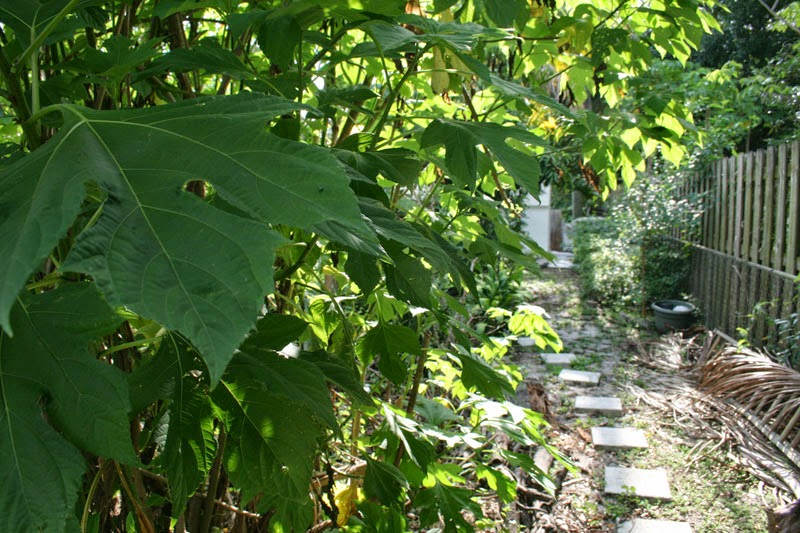

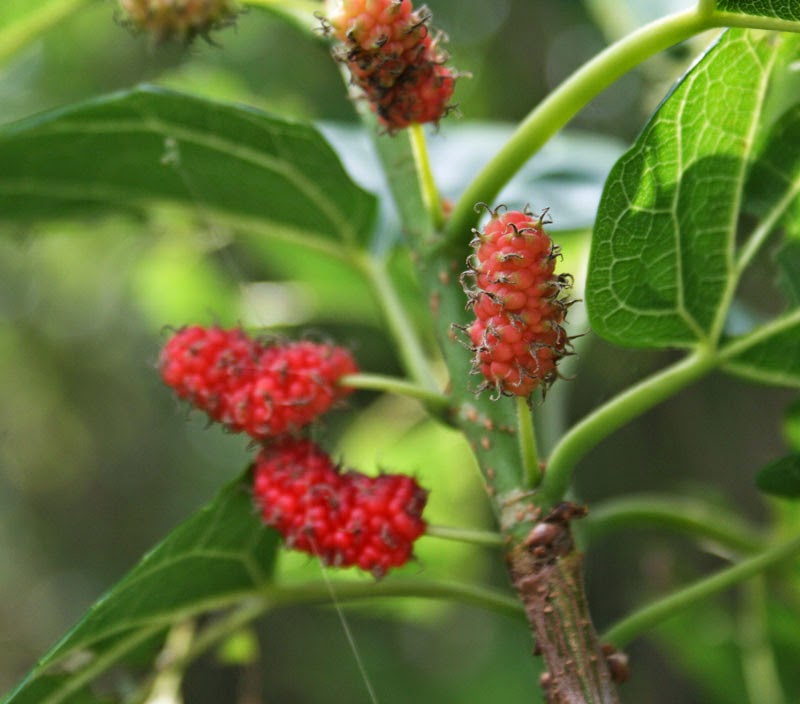
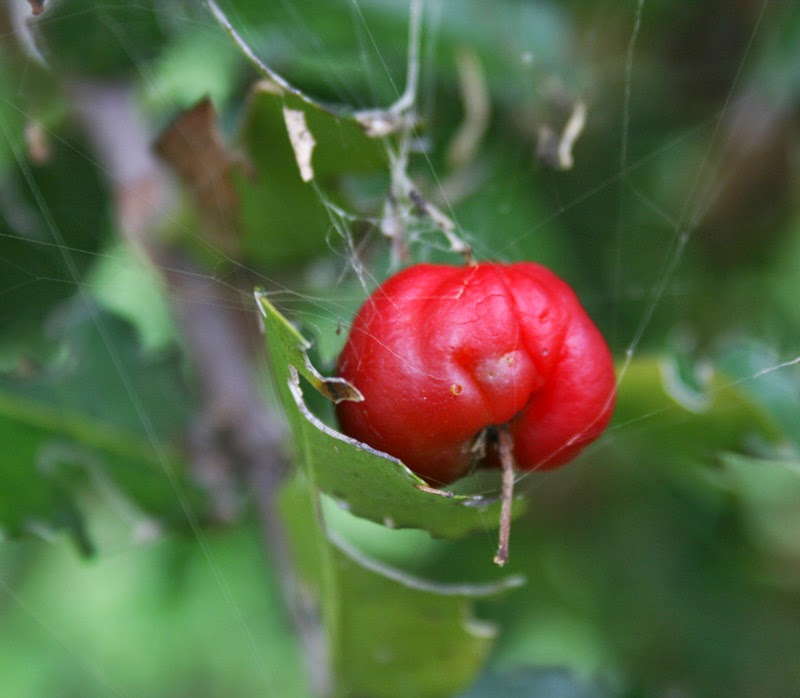
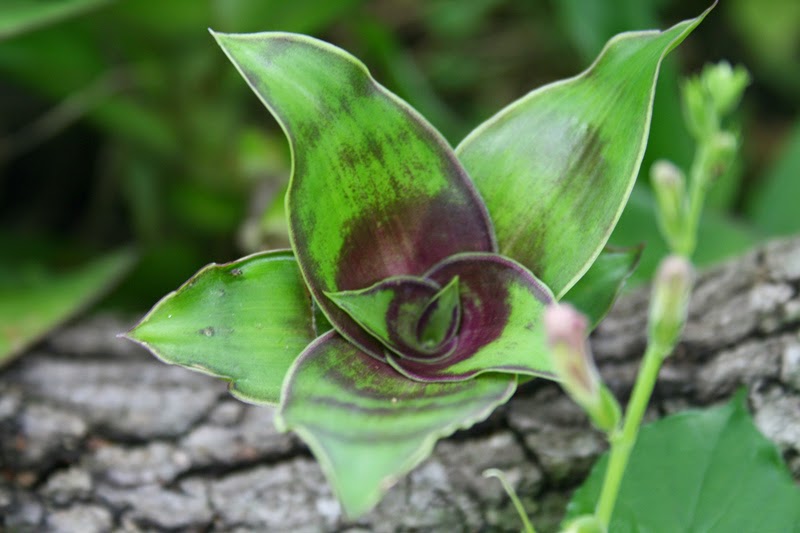
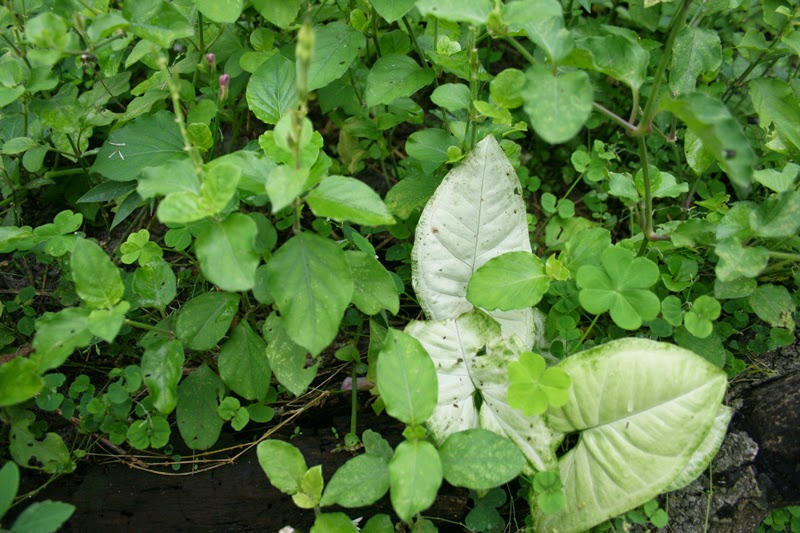
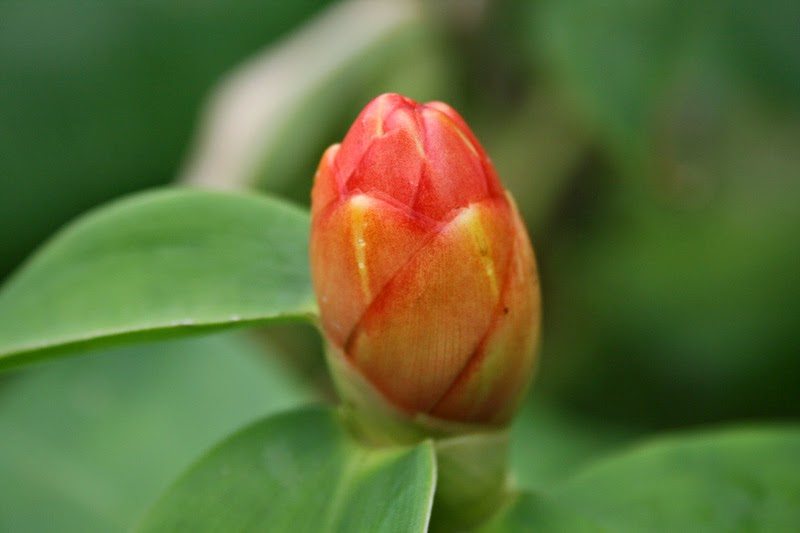
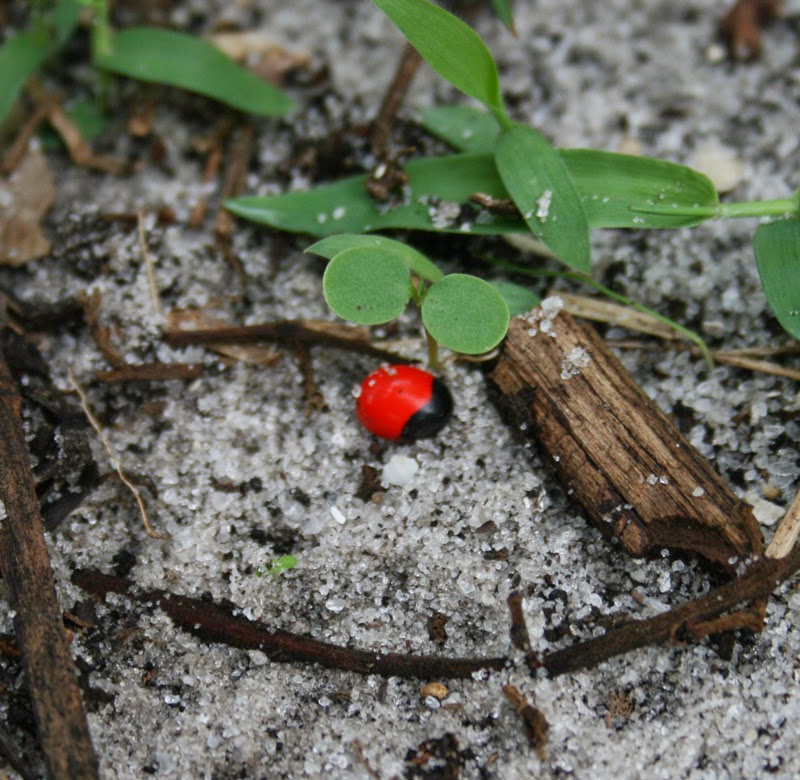
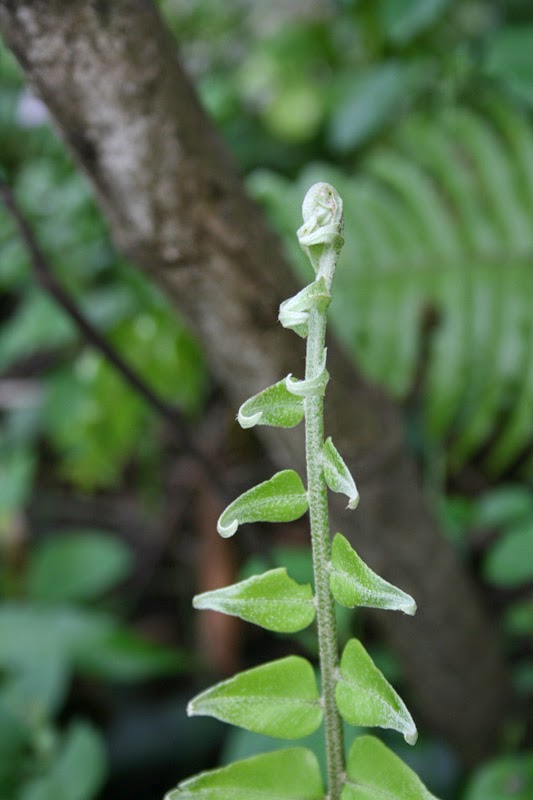
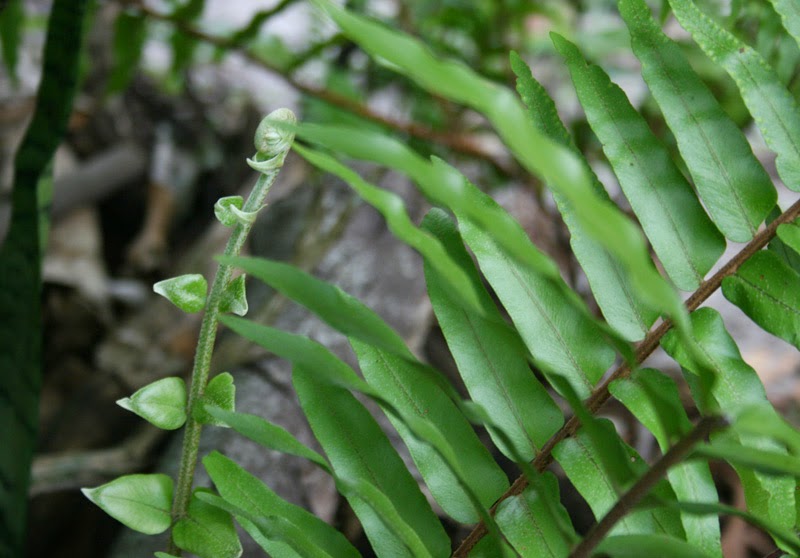
4 comments
The plant you called wandering Jew I believe is a basket plant also called Callisia fragrans. It is a medicinal more commonly used in Europe. A fast spreading plant that may be the only plant that's an indoor invasive!
You seem to be correct – just looked it up. These things grow everywhere down in south Florida. I didn't see much info on medicinal uses online. Very interesting – good eye.
It really is all about the mulch.Keeping the soil covered with deep mulch at all times really seems to be the key to fertility.
Yes indeed. It's incredible. I think that's missed way too often in the care of perennials. Gotta get biomass growing and then keep dropping it.
Comments are closed.